History of ASEC
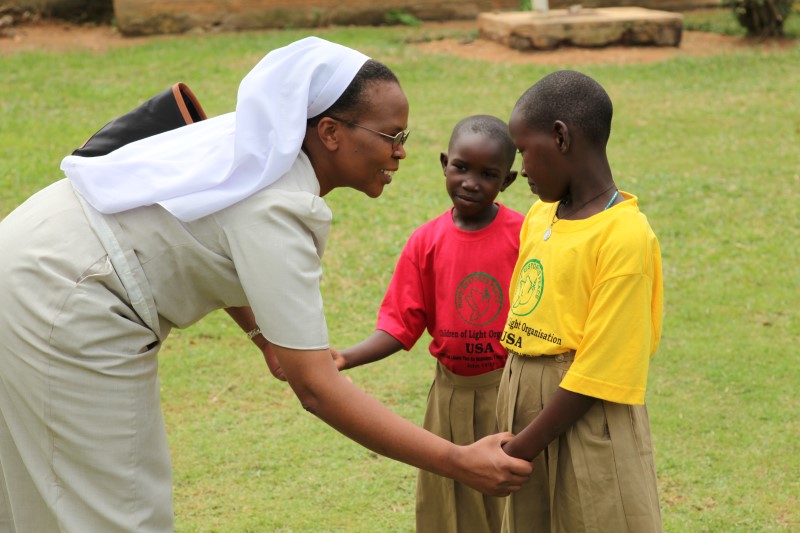 Background
Background
While Africa is a continent of vast potential, it currently faces serious obstacles of poverty, chronic hunger, disease, ecological degradation and violence. Catholic Sisters are a strong force in harnessing that potential, addressing these issues and offering hope for the future.
These women, who are deeply trusted by their societies, work to improve life at the community and national level by leading and serving where the needs are the greatest. Women religious:
- feed the poor
- teach children
- fight injustice
- heal the sick
- empower women
- defend the planet
- promote peace
- share spirituality
- create community
- offer hope
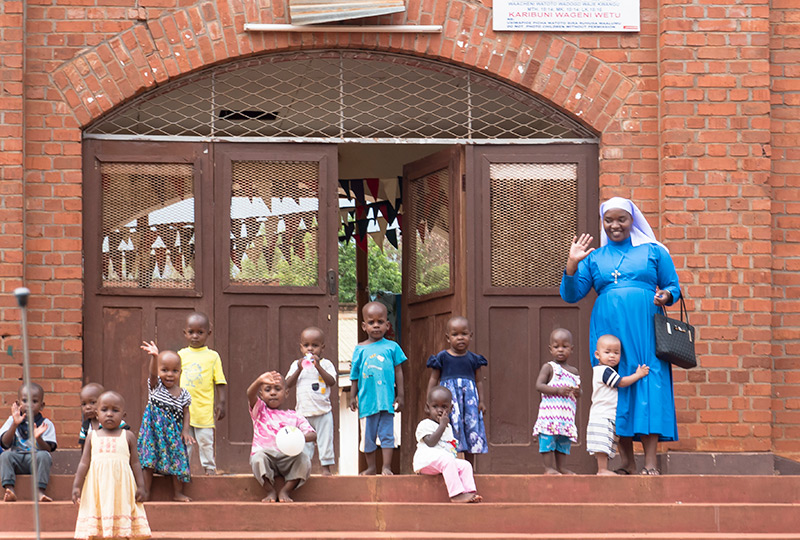
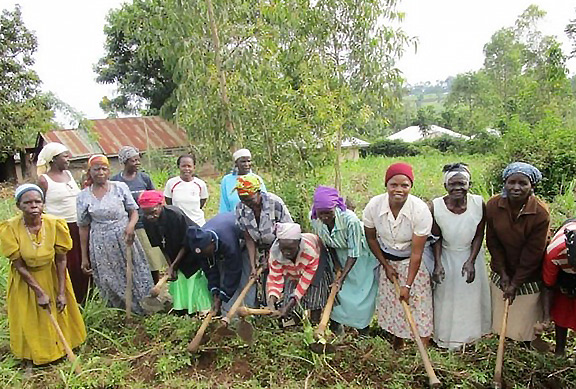
Although the impact of Sisters on society is significant, many lack higher education credentials or professional preparation. Some lack even the secondary school qualifications required for entry to higher education.
History
The history of ASEC dates back to 1995 when growing solidarity among women religious in Africa and the United States sparked a commitment to work together to address the issue of educational access.
As a result of needs assessment and careful analysis, ASEC, was inaugurated in 1999 by leaders of four congregations of women religious in Pennsylvania and the presidents of the colleges and universities founded by their congregations for purposes of providing educational opportunities for women religious in Africa. ASEC is governed by a two-level Board of Directors and received 501(c)(3) nonprofit status in 2006.
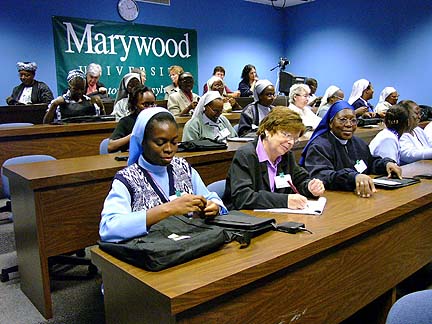
Above: In 2004, ASEC hosted a conference at Marywood University for African sisters in leadership positions to enhance their understanding of technology and to mutually explore avenues for access to education in their countries.
Recognizing the need for new and creative ways to provide African sisters with education in the context of their own countries and cultures, ASEC began by developing a technological base to open various opportunities for working collaboratively with women religious in Africa toward this goal.
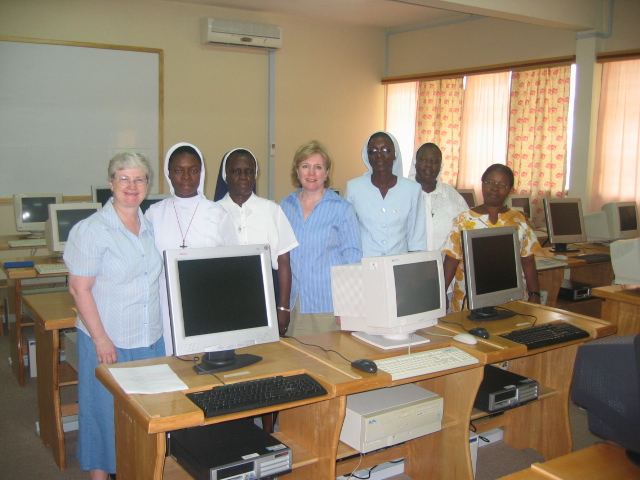
Computer Lab in Cape Coast, Ghana, 2005.
The initiative began with having Sisters in Africa travel to the U.S. for technology skills training and was followed by technology workshops held in East and West Africa. Since then ASEC has grown into an organization that is providing women religious in Africa with opportunities for further education through five different programs:
- Sisters Leadership Development Initiative (SLDI)
founded in 2007 with a 3-year grant from the Conrad N. Hilton Foundation - Higher Education for Sisters in Africa program (HESA)
founded in 2013 with a $3.85 million grant from the Conrad N. Hilton Foundation - Scholarship Program
- Service Learning
- Dissemination of Best Practices, including training in research and evaluation.
The geographic area where these programs are offered has expanded from the initial five countries of Ghana, Kenya, Nigeria, Uganda and Tanzania to ten, including Cameroon, Lesotho, Malawi, South Sudan and Zambia.
Looking for more information? Browse ASEC's chronology.
Results
ASEC has served over 10,060 sisters through its programs, and that number continues to grow. Graduates of ASEC’s programs demonstrate that educating a sister can result in rippling, far-reaching impacts that significantly contribute to sustainable development in sub-Saharan Africa.
Learn more about our impact »Why Catholic Sisters?
We recognize that women religious in Africa profoundly impact their communities and society. The services they provide are making a significant contribution to the advancement of sustainable human development and to addressing the 17 United Nations Sustainable Development Goals (UNSDGs). To advance these efforts, we provide educational opportunities for women religious in Africa so that they may further develop their talents and potential, build their education credentials, and enhance the leadership and ministerial roles they assume at all levels of society. The article about why we focus on Catholic Sisters explores this in greater detail.
